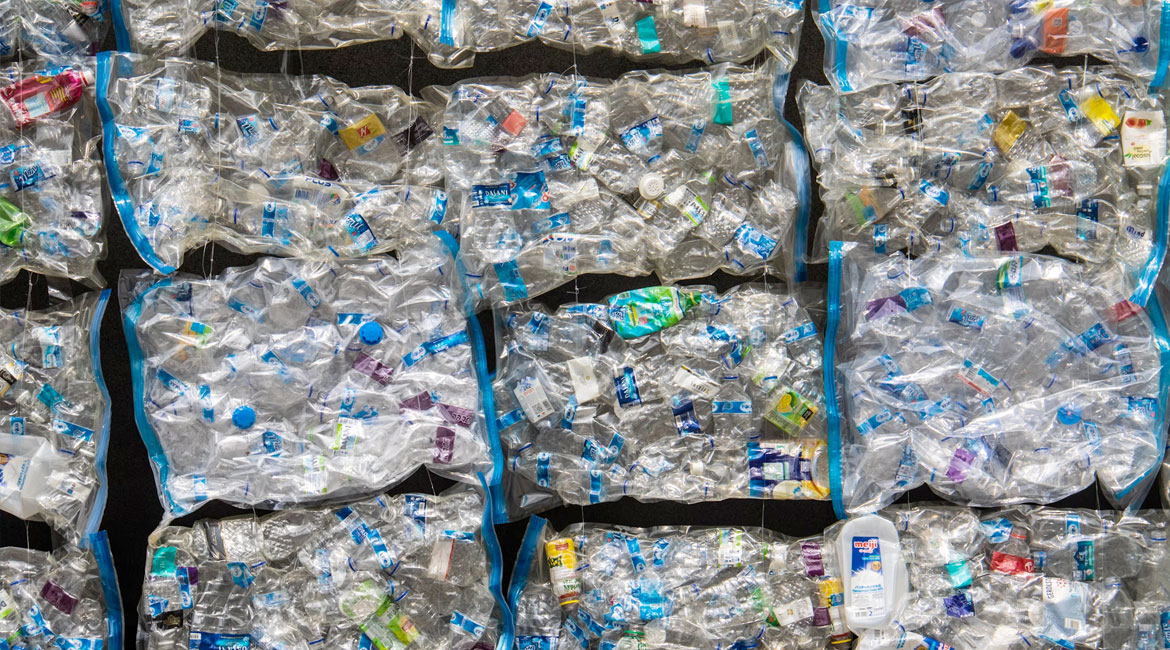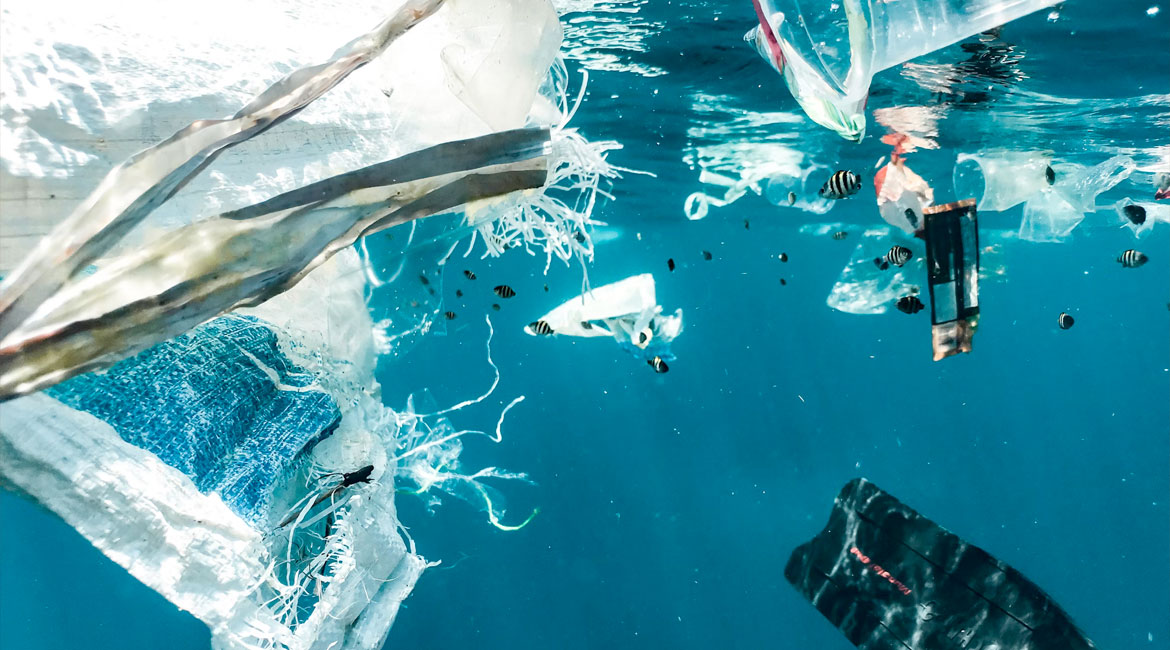As a lover of the sea, I can’t help but be concerned about the way we treat our most precious resource. The facts are there for all to see, below are some of the things that have struck me.
Since the 1950s, the production of waste and in particular plastic has increased exponentially: from a few million tonnes in 1950 to over 300 million tonnes in recent years
Currently, about 8 million tonnes of waste are dumped into the marine environment each year. This figure is expected to increase further over the coming decades, with serious implications for the marine environment and human health, unless improvements are made in waste management and its prevention.

What can be done to limit this problem? Do we have solutions to prevent, monitor and cleanse our seas of marine litter? If so, which ones and how many? In fact, there are tens of thousands of solutions, but of these, only a hundred or so have been considered as innovative solutions, other than simple recycling or reduction of waste production, to confront the problem.
It is vital, not just for our species, that we tackle plastics first. It is the most common waste we find in our seas, but there are also other lesser studied materials, such as glass and metal, to name but a few. All these materials make up marine litter. Of these, plastic is the most studied, both at the macroscopic level as well as at the micro and nanoscopic levels. In the first case, it is plastic waste visible to the naked eye that causes direct damage to wildlife, endangering the lives of animals that accidentally ingest it. In the second case, they are small materials with dimensions similar to those of viruses (we speak of microplastics if they are smaller than 5 mm, and nanoplastics between 1 and 100 nanometres), which can be easily ingested by marine organisms, such as zooplankton and fish, cross biological barriers and enter the circulation and even the food chain, reaching humans with consequences that are still unknown today.I have heard about innovative solutions, but what does that mean in practice? These are solutions, including technologies, that have been used for the first time to prevent, monitor and remove waste of various sizes from waters and coastal areas and have proven to be both suitable and effective. These technologies were selected using databases from projects funded by the European Commission (CORDIS, ESA, EMFF), the US National Oceanic and Atmospheric Administration and the UNEP-sponsored Coordinating Body for the Seas of East Asia (COBSEA), scientific papers and crowdfunding platforms.
From the 20,000 results obtained from these databases, 180 were selected as possible solutions, either manual or automated, to prevent litter, including macro- and microplastics, from entering river mouths, to monitor their presence on beaches or in the open sea, and to remove marine litter from coastal areas, the sea surface and the seabed. These solutions include conveyor belts to collect and remove macro-waste floating on the sea surface; drones, GPS trackers and autonomous underwater vehicles to detect areas of widespread marine litter and monitor them over time; floating barriers to prevent the accumulation of litter; and nets, pumps and filters to sample microplastics.
Solutions were selected taking into account several aspects: for example, applicability to the prevention, monitoring and disposal of general or specific marine litter (e.g. plastic, glass) and/or particular size classes (e.g. macro, micro, nano litter); another selection criterion was methodological, technological or engineering innovation.
This would explain why, according to my understanding, out of the tens of thousands of solutions analysed, very few have become a technological reality or are on the market. Most of the solutions have only been demonstrated on a small scale, e.g. in the laboratory, reaching a low level of technological advancement (for specialists the so-called TRL – Technology Readiness Level). We are well aware that many solutions have the potential to prevent, monitor and clean up our seas of waste on a global scale, but that very often they do not go beyond the planning stage due to a lack of funding. The European Union seems to have already recognised this limitation and the new European Framework Programme for Research and Innovation Horizon Europe for the period 2021-2027 differentiates calls according to the level of technological advancement.
It therefore seems to me that a simple series of recommendations would be sufficient to make significant progress on these issues. These include, for example, new investments to improve existing solutions that have not yet become technological realities, but also synergy and collaboration between the various promoters of these solutions (scientists, NGOs, industries, public and private bodies) to improve existing technologies and develop new ones. It seems essential to strengthen waste management measures at national and international level, working on both the reduction of waste at source and its elimination from the environment, with a vision of a circular economy, for the sustainable development of our seas.
Source: Doğan Erbek – sustainabletradeandfinance.com



